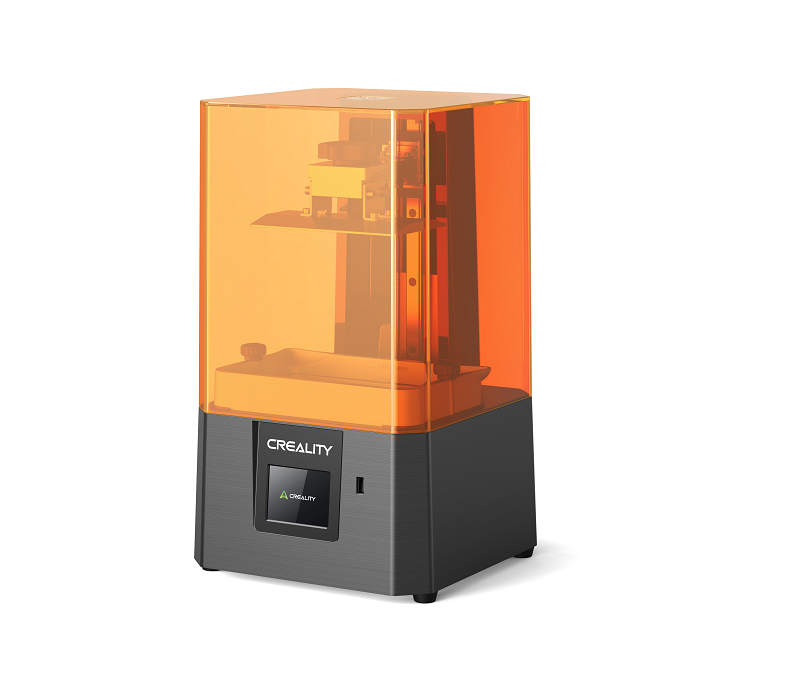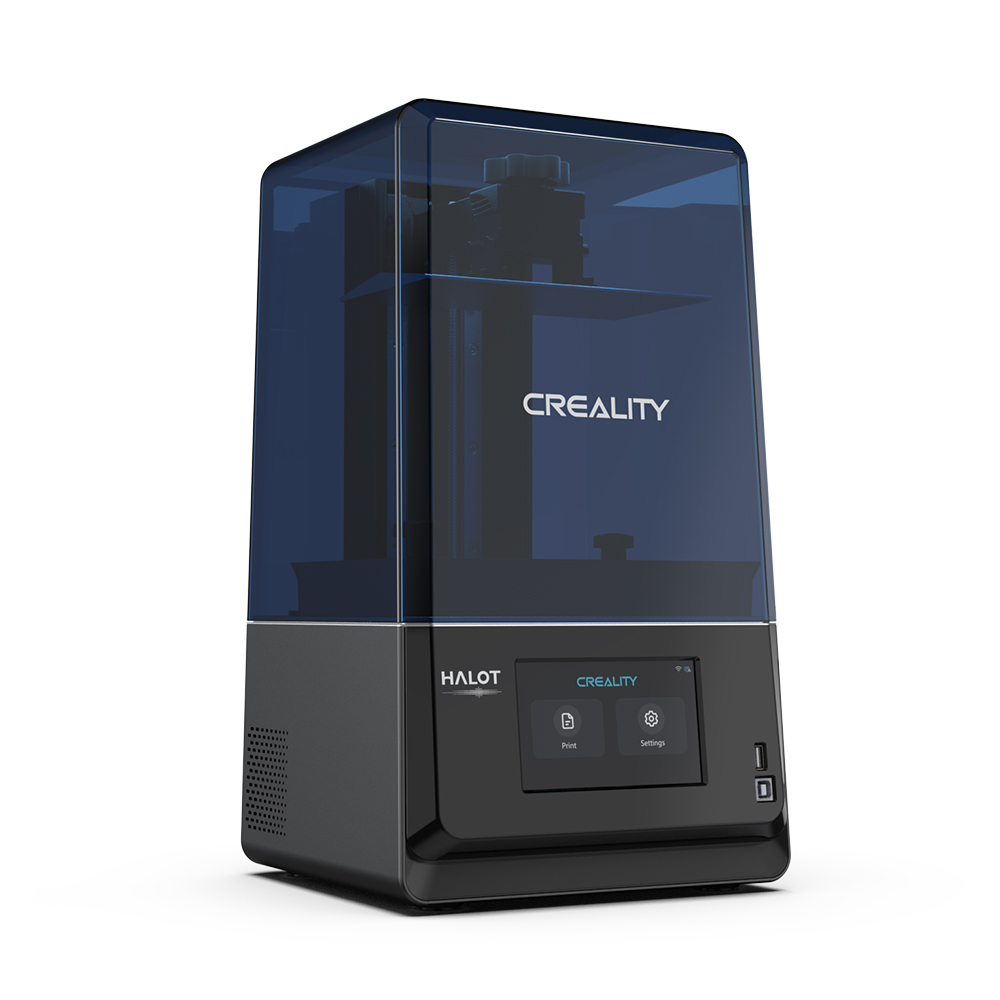Compare Halot R6 vs Halot One Plus
Comparison between the best 3D printers
Choose the best 3D printer at the best price. The cheapest 3D printers are here.
Buy a 3D printer here with 3D Fila.
 |
 |
|
| Model | Halot R6[BUY Halot R6] |
Halot One Plus[BUY Halot One Plus] |
| Printing Material | Resin | Resin |
| Buy Resin for Creality Halot R6 | Buy Resin forCreality 3D Halot One Plus | |
| Estimated price | $129,00 | $399,00 |
| Manufacturer | Creality | Creality 3D |
| Release Year | 2024 | 2022 |
| Print Volume [mm] | 130x82x160 | 102x172x160 |
| Printer Size [mm] | 235x230x395 | 236x245x416 |
| Weight [kg] | 5,8 | 6,8 |
| Power Loss Recovery | NO | NO |
| Technology | LCD | LCD |
| Screen Resolution | 14k | |
| Max Print Speed [s/layer] | 1 | 1 |
| Maximum Resolution [mm] | 0,01 | |
| Processor | ||
| Display | Touchscreen 2,8'' | |
| Power Supply | 42W | |
| Connectivity | USB drive, WiFi | USB / Wi-Fi |
| Operating systems | Windows, Mac | |
| Date of registration in the system | 2024-12-05 | 2022-10-11 |
| Release date | 2024 | 2022 |
| Extra features | The Creality Halot R6 offers high precision with a layer height of 0.01-0.2 mm, a printing speed of 60 mm/h, and an integral light source with over 90% uniformity. Compact and lightweight, it features a 6.08" monochrome LCD for faster curing and extended durability. Includes Wi-Fi connectivity via Creality Cloud, an intuitive touchscreen interface, and supports remote monitoring and timelapse recording with a USB camera. Ideal for beginners, its robust and user-friendly. | Crealitys Halot-One Plus printer stands out for its 4K+ resolution that delivers sharp details and consistent surfaces. It features a fast and responsive 5-inch LCD interface, as well as easy-to-use Halot Box software. It offers Wi-Fi connectivity and remote print monitoring, as well as an integrated air filtration unit, a rare feature in this price range. The Halot-One Plus is designed for the prosumer market, combining high quality with advanced features such as Wi-Fi and air filtration. During testing, it stood out for implementing these features at an affordable cost, while maintaining functionality. It features an attractive design with a UV-resistant blue cover and a robust dual rail system for the Z-axis, ensuring smooth and consistent movements. The large LCD and high resolution of the LCD mask (4320 x 2560) are other strong points, allowing for fine details and textures in prints. |
| Support for multiple colors and materials (AMS and CFS) | NO | NO |
Notes * |
||
| Cost-benefit | 9 / 10 | 8 / 10 |
| Hardware | 9 / 10 | 1.4 / 10 |
| Tela | . | . |
| Print volume | 3 / 10 | 3 / 10 |
| Performance | 9 / 10 | 9 / 10 |
| [BUY Halot R6] | [BUY Halot One Plus] |
Conclusion |
| In comparing the Creality Halot R6 and the Halot One Plus, several key aspects influence the decision on which 3D printer offers the best value. The Halot R6 is a budget-friendly option that excels in cost-effectiveness, boasting impressive features such as high precision with a layer height ranging from 0.01 to 0.2 mm, and a compact design. It is particularly suitable for beginners due to its user-friendly interface, lightweight construction, and robust functionality, including Wi-Fi connectivity and the ability to monitor prints remotely. Its printing volume, while smaller compared to the Halot One Plus, is still commendable for general projects. On the other hand, the Halot One Plus caters to prosumers with its advanced specifications and higher resolution, making it ideal for those who prioritize detail and professional-grade output. Its integrated air filtration system and superior LCD resolution enhance the overall printing experience, allowing for sharper and more consistent results. However, its higher price point may be a consideration for some users. Ultimately, the choice between these two printers hinges on individual needs and budget constraints. For users prioritizing affordability and ease of use, the Halot R6 stands out as an excellent entry-level machine. Conversely, those seeking enhanced features and higher printing quality may find the Halot One Plus to be a worthwhile investment despite its increased cost. Thus, both printers have their merits, tailored to different user experiences and expectations. |

